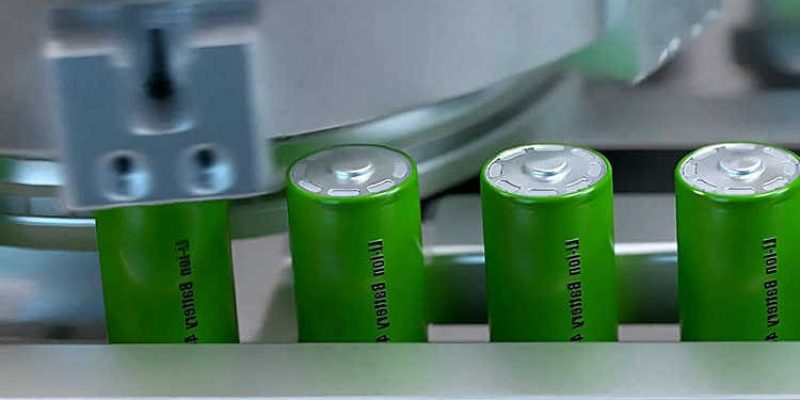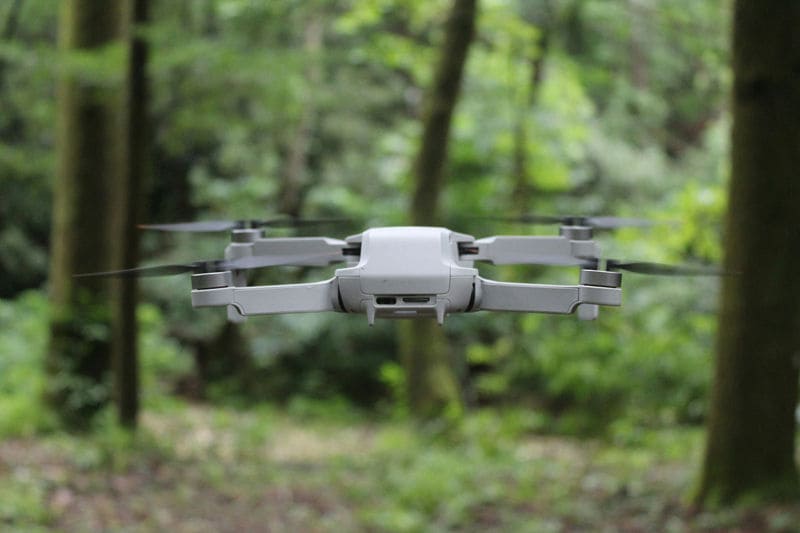High rate batteries are designed to deliver large amounts of energy in a short period of time. They are ideal for devices that require high power output. (Such as drones, electric vehicles, and critical backup systems.) Unlike standard batteries that provide steady power for long periods of time, high rate batteries are designed for speed and strength. This article explores what high rate batteries are, how they work, their benefits, applications, and how to choose the right one for your needs, while also discussing safety considerations to ensure optimal use.

What is a High Rate Battery?
High-rate batteries are designed to deliver high currents for short periods of time and are characterized by their discharge rate (C-rate is a measure of discharge speed relative to capacity). For example, a 1000 mAh battery rated at 10C can discharge 10,000 mA (10 A) for a short period of time, making it ideal for high-power applications. There are two main types:
Lead-acid (SLA) high-rate batteries: These use thinner lead plates to increase surface area, allowing for rapid energy release. They are often used in critical backup systems.
Lithium-ion high-rate batteries: These batteries have higher energy density, are lighter, and perform well in high-power scenarios. They are widely used in devices such as power tools, drones, and electric vehicles.
How do High Rate Batteries Work?
High rate batteries have specific design features that enable rapid energy release.
In lead-acid batteries, thinner plates increase the surface area for chemical reactions, allowing for rapid energy release.
Lithium-ion batteries use optimized electrode materials and electrolytes to promote rapid ion movement, resulting in low internal resistance and high discharge rates. This design minimizes energy loss and prevents overheating during high-drain operation.
Advantages of High Rate Batteries
Fast energy transfer: They can deliver large amounts of power quickly, making them ideal for applications such as engine starting or high-performance equipment.
High efficiency: Low internal resistance ensures that more stored energy is converted into usable power, maximizing performance.
Versatility: They are able to handle a wide range of high-power applications, making them suitable for both consumer and industrial use.
Temperature stability: High-rate batteries, especially lithium-ion batteries, are stable over a wide temperature range (-20°C to 60°C), ensuring reliable operation even in harsh conditions.
Application of High Rate Batteries
High rate batteries have become an integral part of a wide range of industries due to their ability to deliver power quickly, and here are some common applications:
Power tools: Provide high torque for cordless drills, saws, and other tools, enabling them to complete heavy-duty tasks.
UAVs: Provide bursts of energy for takeoff and maneuvering, which is critical for aerial and agricultural drones (Unmanned Systems Technology).
Electric vehicles (EVs): Power motors for rapid acceleration in high-performance vehicles, meeting the growing demand for sustainable transportation.

How to Choose a Suitable High Rate Battery?
Selecting the right high-rate battery requires careful consideration of several factors:
Application requirements: Determine the power needs, including maximum current draw and expected run time. For example, a drone requires high rate to maneuver quickly.
Voltage: Make sure the battery voltage meets the device requirements to avoid damage or performance degradation.
Capacity (mAh): Higher capacity can extend run time but increases weight, which is critical for applications such as drones where weight affects performance.
Discharge rate (rate): Calculate the maximum current draw using the following formula: Maximum continuous current draw = battery capacity × rate. For a 2000 mAh battery at 10C, the maximum current draw is 20,000 mA (20 A).
For drones, lithium-ion batteries with high discharge rates (such as 10C or higher) are often selected.
Safety Precautions
High-rate batteries, especially lithium-ion batteries, require careful handling to prevent accidents:
Avoid overcharging: Use a compatible charger and avoid unattended charging to prevent damage or fire.
Monitor temperature: High discharge rates generate heat; ensure batteries remain within safe operating temperature range.
Proper storage: Store in a cool, dry place away from flammable materials to minimize risks.
Proper disposal: Follow local regulations on battery disposal to prevent harm to the environment.
Conclusion
High-rate batteries can provide fast energy transfer for a variety of applications from drones to electric vehicles. By understanding their design, advantages, and applications, people can choose the right battery for their needs to ensure optimal performance and safety. As battery technology research continues to advance, high-rate batteries will play an increasingly important role in meeting the needs of the rapidly evolving technology landscape.
